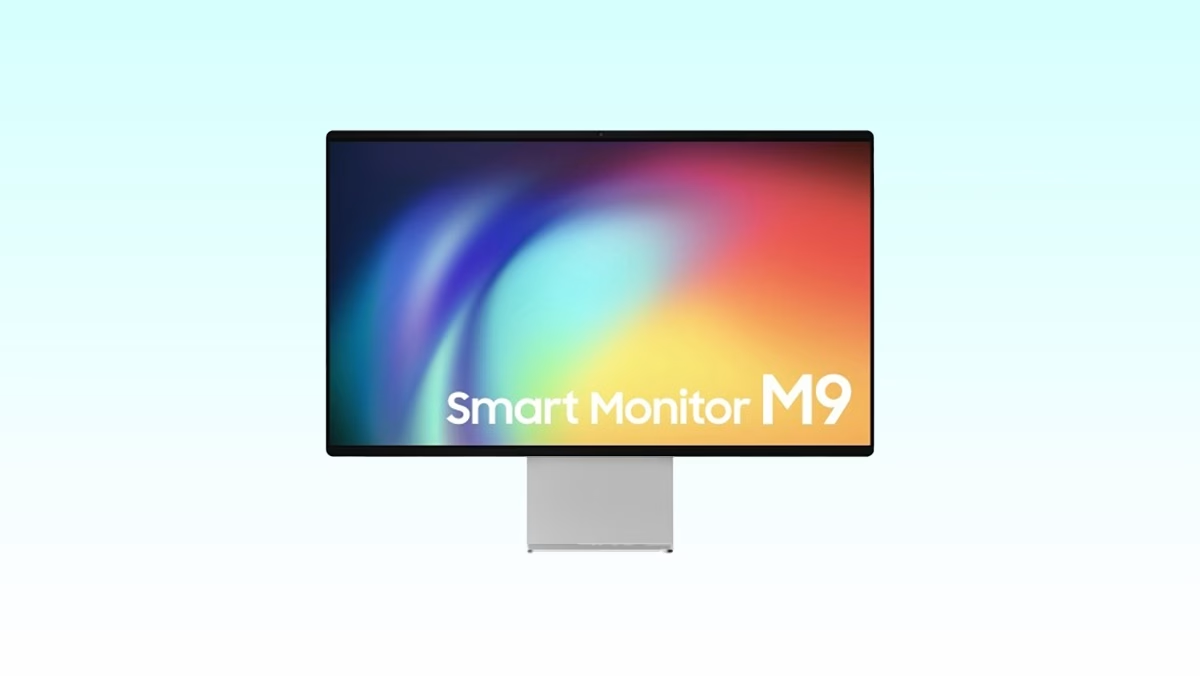Samsung's Bold Move: The QD-OLED Smart Monitor Era Begins
Well, folks, it's finally here. After much anticipation and a fair bit of industry chatter, Samsung has officially pulled back the curtain on its first QD-OLED Smart Monitor, spearheading its 2025 lineup. This isn't just another monitor launch; it feels like a significant pivot, blending cutting-edge display technology with the convenience of a smart TV. And frankly, I'm pretty excited about it.
For years, we've seen Samsung push the boundaries of display tech, particularly with their QD-OLED panels in TVs. But bringing that vibrant, contrast-rich goodness to a monitor, especially one designed to be a central hub for work, play, and streaming? That's a game-changer. The flagship M9 model, alongside the updated M8 and M7, represents a clear statement of intent from Samsung: they're not just making screens; they're crafting experiences.
The Allure of QD-OLED: Why It Matters Here
Let's talk about QD-OLED for a moment. If you're not steeped in display tech, it might sound like just another acronym. But trust me, it's not. QD-OLED, or Quantum Dot OLED, combines the perfect blacks and infinite contrast of OLED with the enhanced color purity and brightness of quantum dots. What does that mean for you, the user? It means colors that pop with incredible vibrancy, true blacks that make scenes feel more immersive, and a level of detail that's just breathtaking.
For a monitor, this is huge. Whether you're a creative professional needing accurate color reproduction, a gamer craving lightning-fast response times and deep visuals, or just someone who appreciates a stunning picture while binge-watching your favorite show, QD-OLED delivers. It's a noticeable step up from traditional LCDs and even some standard OLEDs, offering a visual feast that's hard to beat. And with Samsung aiming for even higher brightness levels, potentially up to 4000 nits in their 2025 QD-OLED panels, the future looks incredibly bright. Literally.
Beyond the Pixels: The "Smart" Factor
Imagine this: you wake up, and your monitor isn't just a blank slate. It's your smart home dashboard, your personal assistant, and your entertainment center all rolled into one. You can stream Netflix, browse the web, or even run productivity apps without ever needing to boot up a separate computer. The AI integration, while specifics are still unfolding, promises to elevate this experience, making interactions more intuitive and personalized. It's like having a giant tablet that also happens to be an incredible monitor. This convergence of monitor and smart TV functionality has been a slow burn, but with QD-OLED and AI, Samsung's really turning up the heat.
Market Positioning and Samsung's Strategic Play
Samsung's move into QD-OLED Smart Monitors isn't just about offering a new product; it's a strategic play in a rapidly evolving market. They've been vocal about their plans to significantly increase QD-OLED panel shipments, targeting a 50% boost in 2025. This launch is a key part of that strategy. By introducing a premium, all-in-one solution, they're aiming to capture a segment of consumers who want top-tier display quality without the clutter of multiple devices.
Availability, Pricing, and What's Next
So, when can you get your hands on one of these beauties? The 2025 Smart Monitor lineup, including the QD-OLED M9, M8, and M7, officially launched in South Korea just hours ago. For those of us in the United States, pre-orders kicked off a day earlier. And if you're quick, there are some sweet incentives. We're talking up to $300 in FREE Samsung credit with pre-orders, which is a pretty nice chunk of change to put towards accessories or other Samsung gear.
While exact pricing for all regions is still solidifying, the fact that pre-orders are live with such strong promotions indicates Samsung is keen to get these into consumers' hands quickly. Community sentiment on platforms like X (formerly Twitter) is already buzzing, with users discussing the pre-order deals and the M9's advanced features. Industry analysts are certainly taking note, recognizing the strategic importance of this launch. It's not just a product release; it's a statement about where Samsung sees the future of personal displays heading. And honestly, I'm here for it. This could very well set a new standard for what we expect from our monitors.
